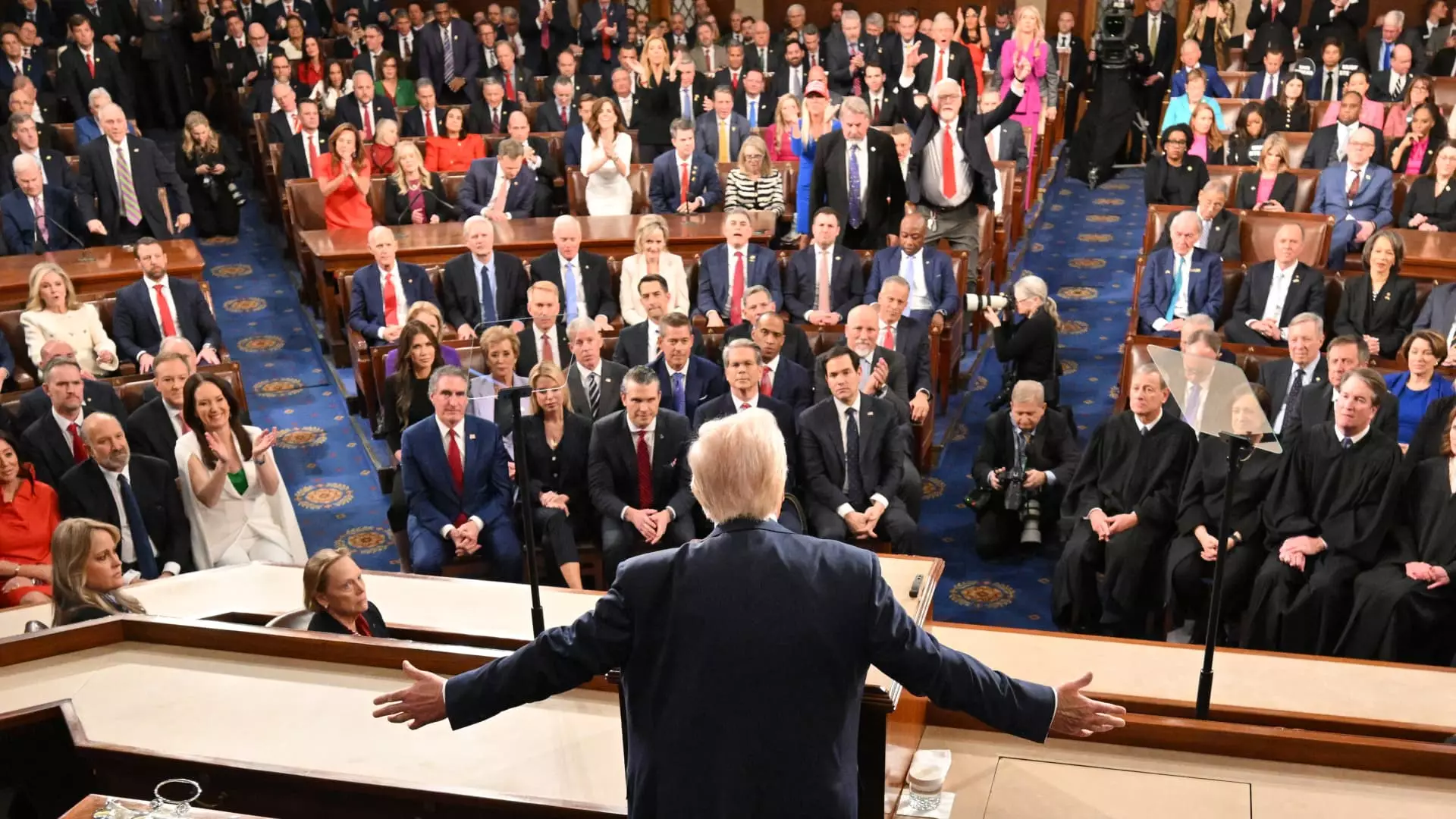In recent years, tariffs have emerged as a polarizing topic in American economic discourse. The rhetoric surrounding them often paints a rosy picture of job creation and economic resurgence, exemplified by former President Donald Trump’s bold claims that tariffs would herald an unprecedented job boom. However, this narrative is increasingly being challenged by economists and real-world outcomes. What appears to be a straightforward solution to protect American jobs is revealing itself to be a complex quagmire of unintended consequences that could fundamentally undermine the very economy it seeks to safeguard.
Economists have consistently debunked the notion that tariffs serve as a panacea for job creation. In reality, the imposing of tariffs creates a convoluted economic environment in which the costs outweigh the benefits. For every supposed job secured in a protected industry, there are ripple effects that reverberate through other sectors, leading to job losses that far exceed any gains. It’s time we face the reality that this economic strategy may be less about national pride and more about short-term political expediency.
The Collateral Damage: Industries Under Siege
Tariffs are often characterized by their noble intention to give domestic industries a competitive edge. However, this so-called “protection” breeds complications that can have devastating effects on sectors reliant on imported goods. The steel tariffs, for example, were initially championed for their ability to fortify the steel industry. Yet, they inadvertently inflated production costs across diverse industries such as automobile manufacturing, agriculture, and construction—sectors that heavily depend on steel.
According to economist Lydia Cox, the rise in steel tariffs during George W. Bush’s administration led to a staggering average loss of 168,000 jobs per year across steel-using industries, eclipsing the total employment in the entire steel sector. This suggests an alarming truth: the very policies designed to protect American jobs may have contributed to a net loss instead. The collateral damage of tariffs makes them a blunt and often misguided instrument in economic forecasting.
Retaliation: The Backlash and Its Consequences
The manifestation of tariffs often invites retaliatory measures from trading partners, resulting in a tit-for-tat scenario that erodes the economic landscape. These retaliatory tariffs can significantly affect American exporters, making their goods less competitive in global markets. The ripple effect of such actions creates an environment where American manufacturers find themselves trapped in an economic labyrinth of escalating prices and shrinking demand.
Take the agricultural sector, for instance, which has been one of the hardest-hit industries under Trump’s tariffs. With trade partners like China imposing tariffs on American agricultural exports, farmers have faced mounting pressures that exacerbate existing vulnerabilities, leading to job losses and business closures. This highlights a troubling fact: while tariffs may promise localized job protection, they invariably endanger employment in different sectors, countering the very purpose they were intended to serve.
Historical Context: Lessons from the Past Ignored
The current era of tariffs also bears an uncanny resemblance to historical policies that have proven disastrous. The Smoot-Hawley Tariff of 1930 provides a cautionary tale: It failed to protect American industries and is widely considered to have worsened the Great Depression. History teaches us that protectionist policies often backfire, and yet modern political rhetoric seems blissfully disconnected from these lessons.
Modern economists like Michael Strain argue that attempts to safeguard jobs through tariffs mirror the misguided efforts of our predecessors and ultimately result in damaging outcomes. Instead of entombing the economy within the confines of protectionism, it would be far more effective to channel resources towards innovation and retraining. In an age defined by rapid technological change, clinging to outdated industry models may be the greater folly.
Reimagining Economic Policies for a Prosperous Future
In light of the shortcomings of tariff-driven policies, it is imperative for policymakers to rethink their economic strategies. Going beyond the simplistic notions of protectionism, we must advocate for a robust framework that empowers workers through education and skills training, fits the demand of the modern economy, and embraces free trade as a facilitator of innovation rather than a threat to employment.
Tariffs represent a shortsighted solution that fails to recognize the dynamic nature of the global economic landscape. By reforming our approach and investing in sustainable practices that create long-term job growth, the U.S. economy can emerge stronger and more resilient, adaptable to the ever-evolving demands of a technology-driven world.
Understanding these critical facets of tariffs and the complexities they bring to the economy isn’t merely an academic exercise; it is a national imperative. Only by facing the uncomfortable truths about tariffs can we hope to forge a path toward sustainable economic growth.

